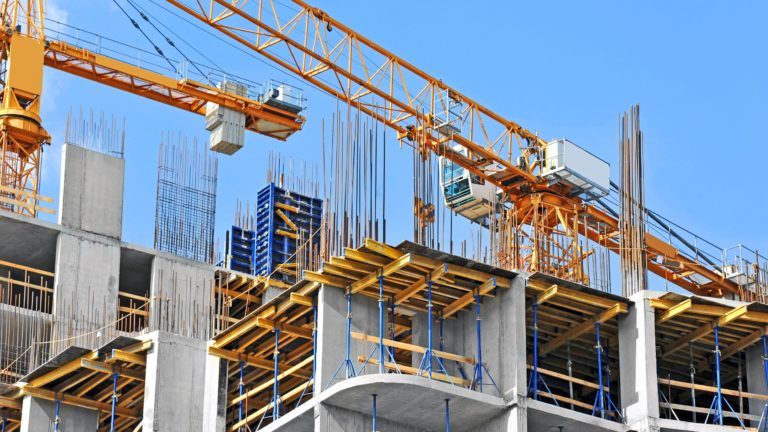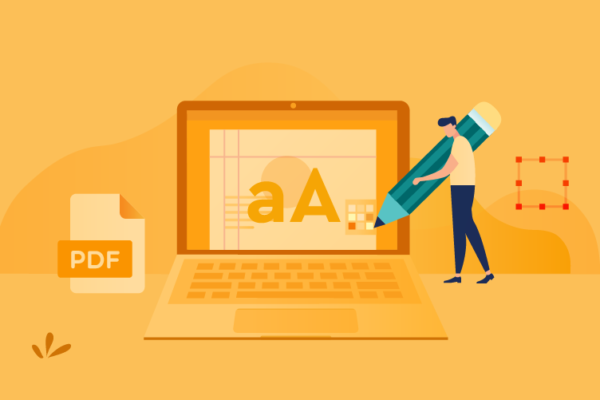Making it in construction requires the highest-quality structuring materials and techniques, quick building speed, a professional workforce, and on-site productivity, which quickens the project and keeps employees safe. At most times, this needs embracing new technologies, mostly cloud-based, and help with planning and workflow control, basically at the right time.
Currently, building equipment costs are rising; construction departments are expanding their creativity to build and design alternative options to what has turned into standard operations. When construction companies combine construction estimator program tools and enabled-internet digital technologies, they will be more productive and save than before because this will maximize their bottom line and win market dominance.
Below are some top trends in the construction industry in 2022.
Modularity
In 2022, we have witnessed aspects like modularity and pre-fabrication gaining popularity in the construction industry. These aspects have positive impacts, including their higher standards, minimized equipment and shipping expenses, and limited construction waste.
Modular proposals can be finalized nearly half of the time that had been planned; they even attain their goals earlier than traditional projects, which saves about 20% on construction fees. According to an analysis carried out, these benefits could see the modular building market reach $157 billion by 2023.
Hiring and Retaining Employees
No aspect leads to slow operations in construction sites than lack of enough employees on a project. The challenge is overwhelming firms to increase their swiftness and innovation in getting and training employees. Key solutions include competitive salaries and compensation packages, worker growth and training, equipped tools, and advanced technologies. Construction companies indicate that the talent gap is very real on the job sites.
Artificial Intelligence (AI)
AI can be combined with other job technologies, such as building data control, detectors, wearables, and other supervising tools, to make well-organized decisions at the right time and minimize structural expenses via developed budgets and construction control.
AI also nurtures safety by studying photos of the Job site and picking out dangerous situations or high-risk outlooks in employee behavior.

Digital Twins
A digital twin in the building industry is a definite model of a structure or construction site assembled using Internet of Things (IoT) technologies that capture many informational points. The captured data is developed using AI and can be observed, controlled, or altered before it is very late to experiment with new ideas or change the current ones, which can advance building outlays, project planning, and building operating networks.
Advanced Construction Materials
New materials can be organized to make particular properties that help minimize construction expenses.
3D Printing
3D printing systems can be used to make basic or emergency buildings. It may be most advantageous in constructing replacement sections and factors required in the construction field, like restoring broken sections on construction machinery.
The tool can also construct extraordinary construction models and modernize them as needed as blueprint components are modified.
Building Information Modeling (BIM)
BIM standard technology-based construction device continues to advance through new forms. Many various levels of scheduling are provided through BIM, up to 7D, or seven aspects, which are currently cloud-computed and provide users with data for all construction phases. Construction planning expenses, materials, and other attributes can be added to BIM networks.
Drones
Many construction sites use drones to control project continuation and finalize safety surveys. As an on-site security device, drones can also be imposed to minimize employee expenses and reduce the risk of robbery on the construction site.
Technology and equipment outlooks will proceed to advance. Project attainment techniques must also develop to satisfy the needs of the client.








